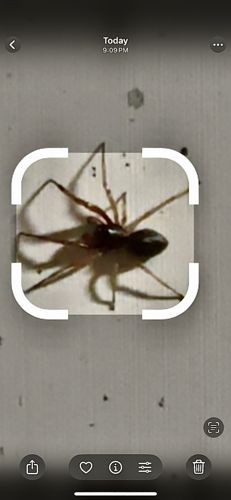Cellar Spider
Scientific Name: Pholcus phalangioides (most common species)
Order & Family: Order: Araneae, Family: Pholcidae
Size: Body length is typically 2-10 mm, but their long, thin legs can make them appear much larger, sometimes spanning up to 5-7 cm including leg spread.

Natural Habitat
Commonly found in damp, dark, and undisturbed areas of human dwellings, such as cellars, basements, attics, garages, sheds, and sometimes in corners of rooms indoors. They also inhabit natural spaces like caves and under rocks.
Diet & Feeding
Mainly insects, but they are also known to eat other spiders, including those larger than themselves. They wrap their prey in silk once caught in the web.
Behavior Patterns
Cellar spiders are known for their messy, irregular webs, often built in corners of rooms, cellars, and other quiet, undisturbed areas. They are not active hunters but rather wait for prey to become entangled in their webs. When disturbed, they often vibrate rapidly in their web, a behavior thought to make them harder for predators to catch. They are known to coexist in large numbers within a single web structure.
Risks & Benefits
Generally considered harmless to humans. Their fangs are too small or their venom too weak to pose a significant threat. They can be beneficial by preying on other household pests, including mosquitoes, flies, and even more dangerous spiders like black widows or brown recluse spiders. Some people may find their webs unsightly in homes.
Identified on: 8/24/2025